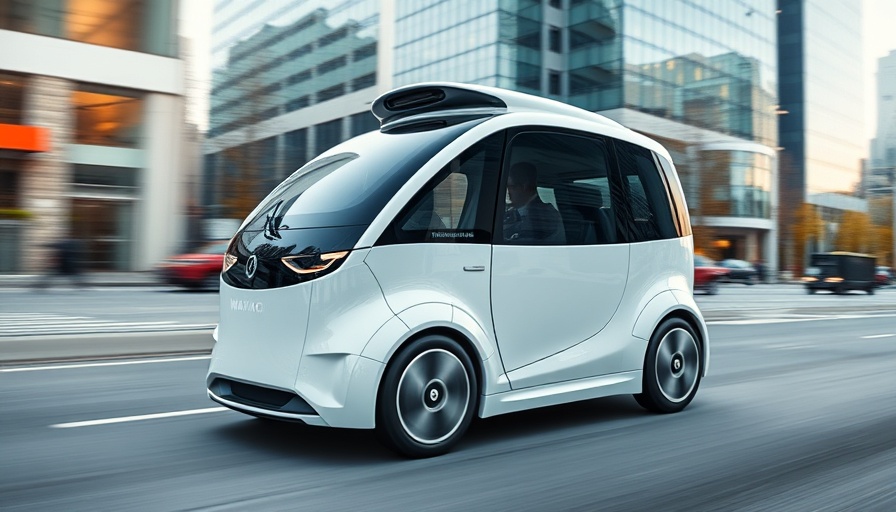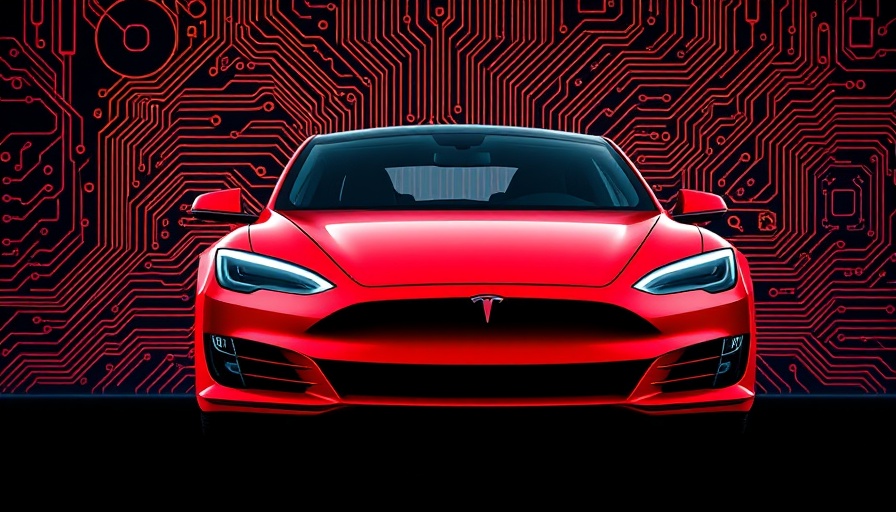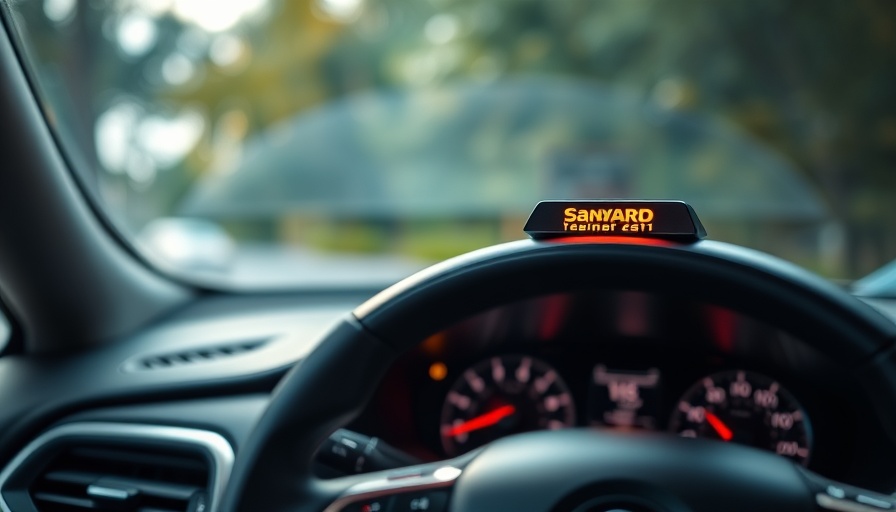
The Dawn of Autonomous Taxi Services in Atlanta
After much anticipation, Waymo's robotaxi service, in collaboration with Uber, is now officially operational in Atlanta. This significant milestone marks the extension of the 'Waymo on Uber' service, which successfully launched in Austin earlier this year. By covering an initial area of approximately 65 square miles, this service aims to offer residents convenient and efficient mobility options while blending technology with practical utility.
What to Expect from the Robotaxi Experience
Uber users can hail a Waymo robotaxi directly from the familiar Uber app, making the transition from human-driven to autonomous very seamless. Riders are given the choice to accept a robotaxi or opt for a human driver based on their preference. This hybrid approach is unique to Atlanta, as other cities utilizing Waymo’s services, such as Phoenix and San Francisco, operate solely through the dedicated Waymo One app.
The Economic Impact of Robotaxis
This venture is an essential leap for both companies, aiming to exponentially increase the frequency of paid rides in Atlanta. With Waymo already claiming 250,000 paid rides a week across various cities, integrating Atlanta into this model is expected to boost those numbers significantly. In addition to enhancing their operational reach, Uber's current record of 1.5 million AV trips annually indicates the growing acceptance of autonomous transportation within the marketplace.
Shared Responsibilities Between Uber and Waymo
The model beneficially divides responsibilities between Uber and Waymo. Uber is responsible for vehicle upkeep, including charging and maintenance, while Waymo will oversee the autonomous technology and ensure the safety and effectiveness of its fleet. This collaboration model enables each company to leverage its strengths effectively while minimizing operational risks and maximizing service quality.
Pricing and Accessibility
Interestingly, the cost of rides in a Waymo robotaxi will remain comparable to traditional Uber services, such as UberX or Comfort. This approach is likely to drive user adoption, making autonomous rides not just a technological novelty but also an economically viable option for everyday transportation.
The Future of Autonomous Mobility in Atlanta
As Atlanta joins cities like Austin and San Francisco in adopting robotaxi services, this could establish a trend that revolutionizes urban mobility. The ability to combine human drivers and autonomous vehicles within the existing ride-hailing framework highlights a forward-thinking approach to transportation. Over time, with the fleet expected to expand into the hundreds, residents can anticipate a robust integration of autonomous vehicles in their daily commuting options.
In the rapidly evolving landscape of automotive technology, staying informed about these transformative changes is crucial. Understanding how services like robotaxis can enhance mobility could significantly impact both consumer choice and urban planning in the near future.
If you are curious about how these technological advancements can reshape your transportation experience, keep an eye on developments like the Waymo on Uber service. Explore how automation and automotive innovations are driving the future of urban mobility.
 Add Row
Add Row  Add
Add 




Write A Comment